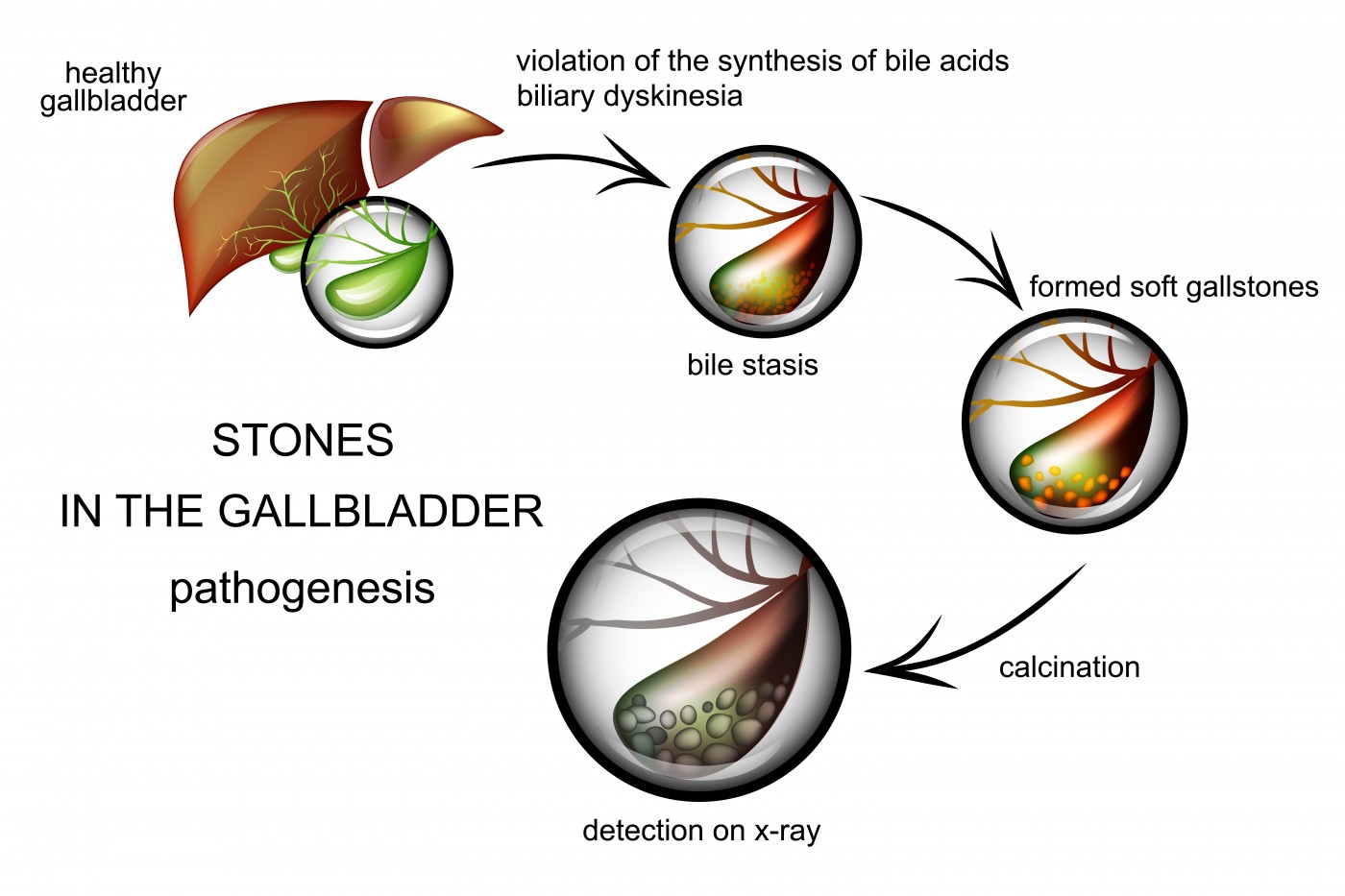Case Study Calls Attention to Gallbladder Stones in People with Gaucher Type 1

Patients with Gaucher disease type 1 are at an increased risk of gallbladder stones, a case report reports. The condition is often safely resolved with minimally invasive surgery, but authors highlight that Gaucher disease associated with certain symptoms may indicate gallbladder stones, so clinicians need to be aware of the condition.
The study, “Case report of cholelithiasis in a patient with type 1 Gaucher disease,” was published in the International Journal of Surgery Case Reports.
Patients with type 1 Gaucher disease are reported to be more likely to develop cholelithiasis, a condition characterized by the presence of one or more calculi (stones) in the gallbladder. This study involves a case of cholelithiasis in a patient with type 1 Gaucher disease, the first detected in its authors’ country, Kosovo.
The patient, a 21-year-old woman, was diagnosed with type 1 Gaucher disease at the age 8, with the diagnosis confirmed through neurological symptoms and a glucocerebrosidase enzyme activity test.
In initial stages, patient symptoms included skin changes after injuries, nose bleeding, high temperature, and overall fatigue. During an ultrasonography (a diagnostic imaging technique based on the application of ultrasound), clinicians detected hepatosplenomegaly. This condition is marked by the simultaneous enlargement of the liver (hepatomegaly) and the spleen (splenomegaly). Hepatosplenomegaly may be caused by an infection, but is also a typical sign of other more serious illnesses, such as a lysosomal storage disorder.
The woman began ERT (short for Enzyme Replacement Therapy), which improved her hepatosplenomegaly. ERT involves receiving intravenous infusions of the beta-glucocerebrosidase enzyme about every two weeks, the enzyme lacking in the disease. But she experienced right upper abdominal pain following high-fat content meals, pain that irradiated to the back and provoked vomiting. An abdominal ultrasonography was performed and clinicians detected multiple gallstones with signs of cholelithiasisis.
The patient underwent laparoscopic cholecystectomy, a common surgical procedure for treating symptomatic gallstones and other gallbladder conditions.
She recuperated well and was discharged in better overall condition, and with a recommendation for visit after 72 hours.
This case report, authors highlighted, suggests that cholelithiasisis must be considered as a differential diagnosis if a patient is known to have Gaucher type 1 disease and is experiencing abdominal pain, and in whom tests show abnormal liver enzymes.



